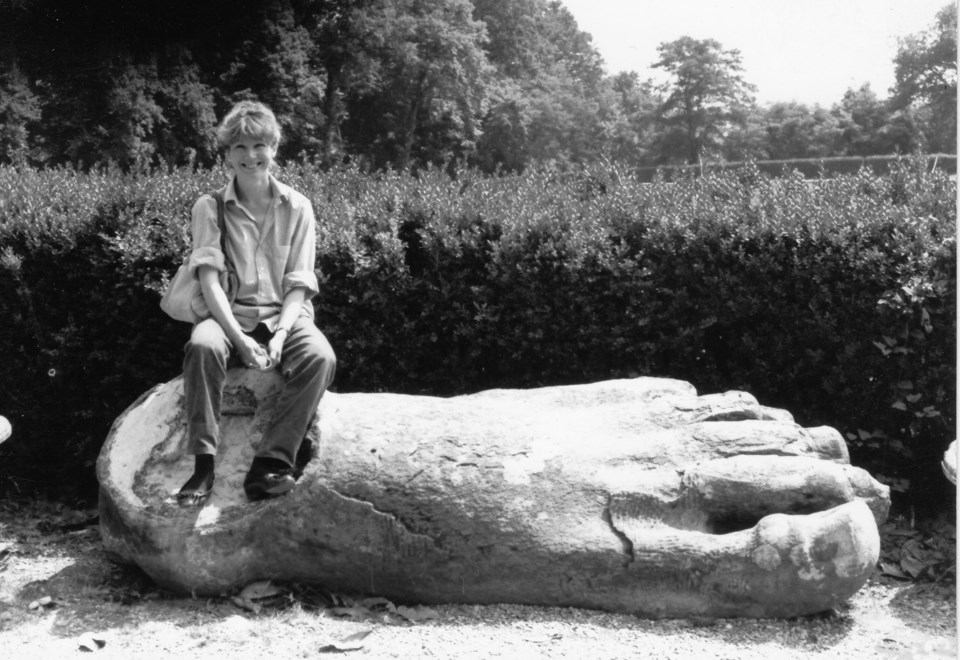In the summer, ladybugs were crawling everywhere in the garden. Because they’re beneficial insects, and because their appearance delights me, I never tired of watching them. Soon I began to envision myself in their place, a form of reverse anthropomorphism. I imagined how I’d react to clambering over leaves the size of rooms, scurrying up and down plant stems as wide as the trunks of ancient sequoias, or pushing through a forest of them. Terror, dread, panic – these would be my emotions were I a ladybug-size human. The ladybug clearly doesn’t feel the same – they’re used to that extreme scale difference.
The reaction of the earliest humans to size was probably conditioned by how it related to their own size. Smaller was negligible, posing little threat; bigger more often than not was intimidating, associated with strength and power, not always benign.
We have the terms colossus, colossal to indicate something of extraordinary size – colosseum has that sense. Its roots are in the ancient Greek “kolossos”, meaning large statue. Famous gigantic statues from antiquity include the Colossus of Rhodes, one of the Seven Wonders of the Ancient World, and the Colossus of Nero, the 30-metre tall bronze statue that had decorated Nero’s Domus Aurea in Rome. During the Renaissance, the desire to display wealth and power by way of immense sculpture was revived. A superb surviving example can be seen at the Medici’s Villa Pratolino – a 10-metre high sculpture of the crouching Appenino.
Architecture on a colossal scale is effective for conveying might and authority. In medieval Europe, masons strove to build churches ever bigger as well as higher - unsurprisingly, some collapsed. Medieval Tuscany witnessed the rise of tower power when wealthy families competed to build the tallest tower house. Many are still standing in San Gimignano. In modern times, America launched the skyscraper to become the carrier of the message of power and grandeur.
Private residences constructed today often appear disproportionate in scale for their particular setting. In Richmond, some of these outsize houses are sitting on what was formerly farmland. Others are in residential areas on lots intended for much smaller structures. Their great volume makes them seem to loom over the older houses. Automobiles, too, have become enormous and have to squeeze into parking spaces.
The issue of size exists in the world of business, in what’s aptly termed Big Business. Fear and resistance are common reactions when businesses increase in size, corporations merging to augment their dominance and influence. Corporate consolidation can lead to redundancies, higher prices. Monopolies suppress competition and diversity. In farming, monoculture – growing a single crop on a colossal scale for the sake of profit – has caused unanticipated environmental crises. And what about deforestation? This global business is occurring at a pace and on a scale that threatens life on earth.
Do we really want our earth to be sacrificed for the sake of human greed and the world’s economy? Wouldn’t it be better to reduce size, before size reduces everything to nothing?
Sabine Eiche is a local writer and art historian with a PhD from Princeton University. She is passionately involved in preserving the environment and protecting nature. Her columns deal with a broad range of topics and often include the history (etymology) of words in order to shed extra light on the subject




